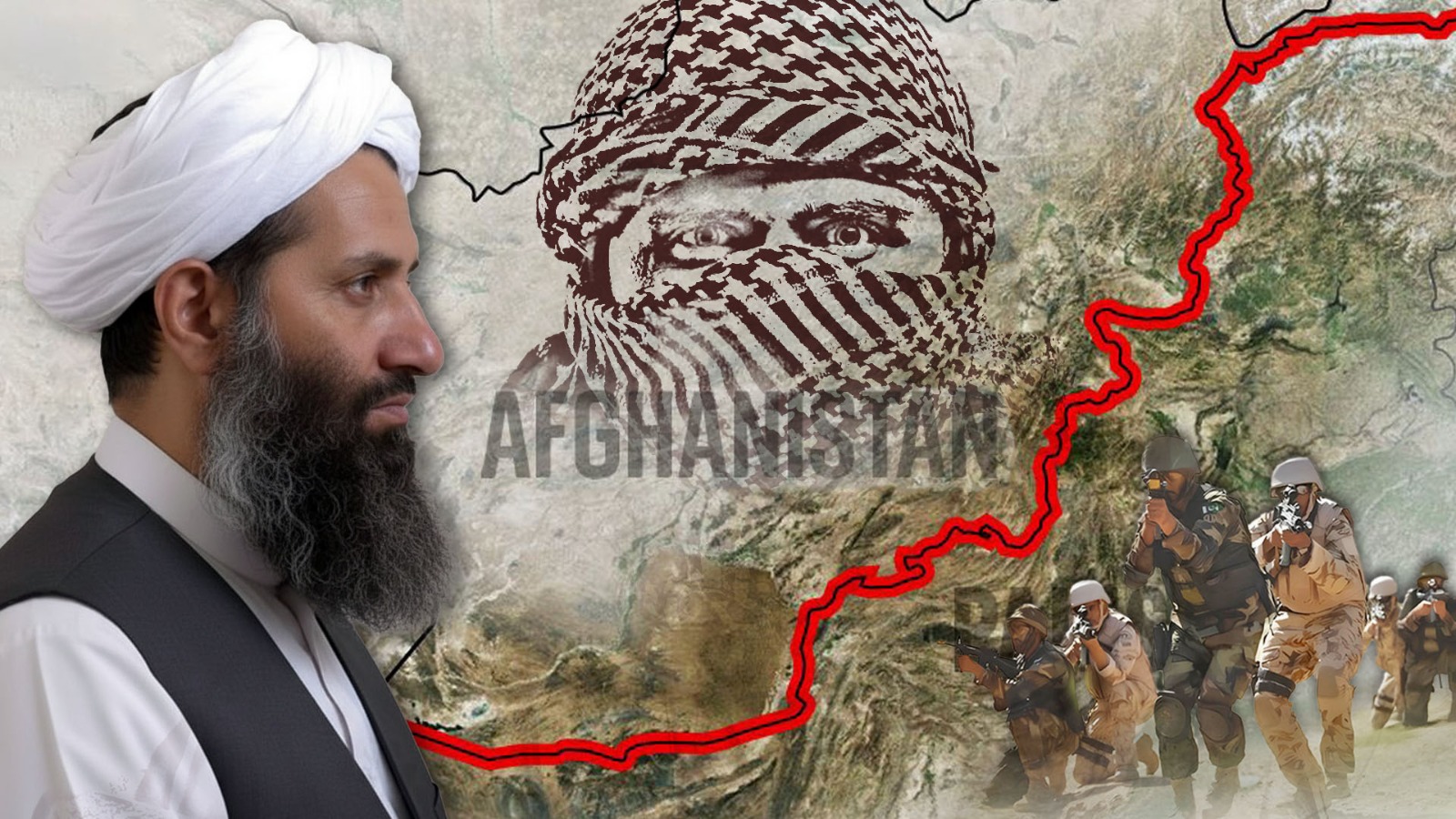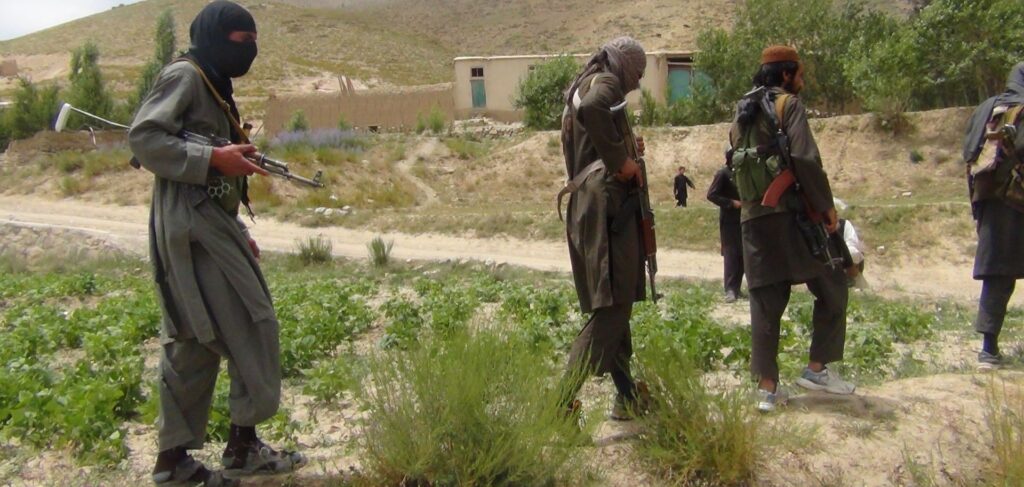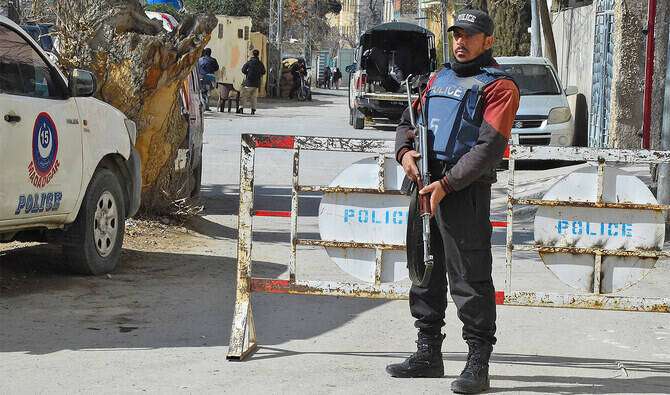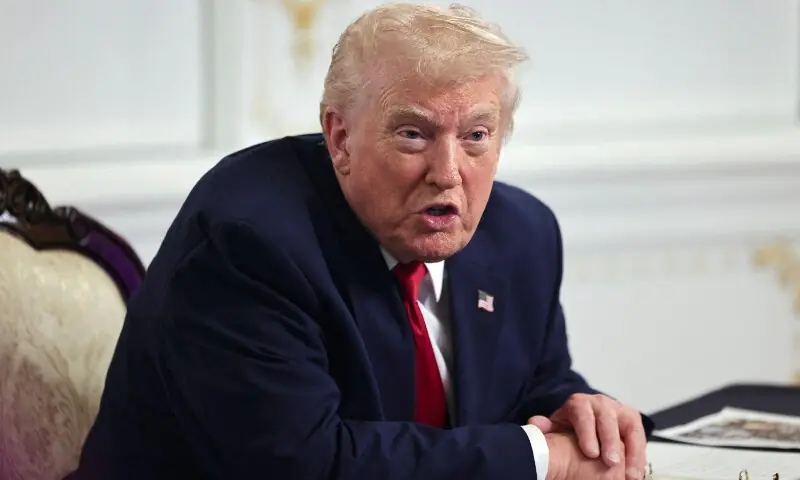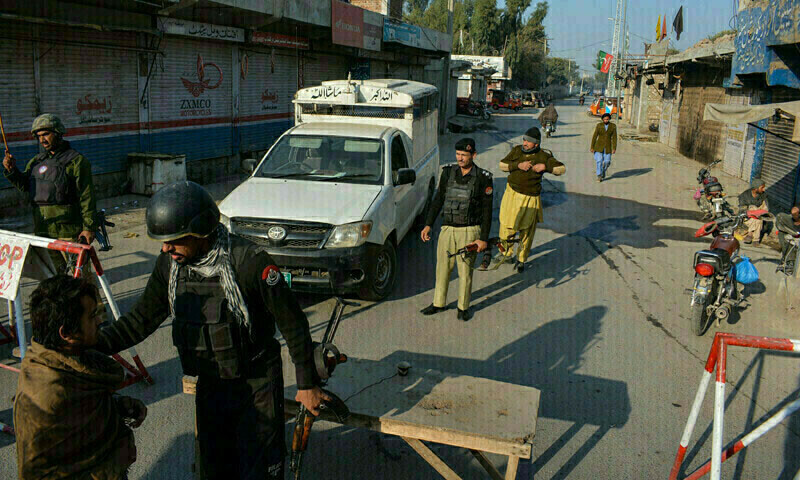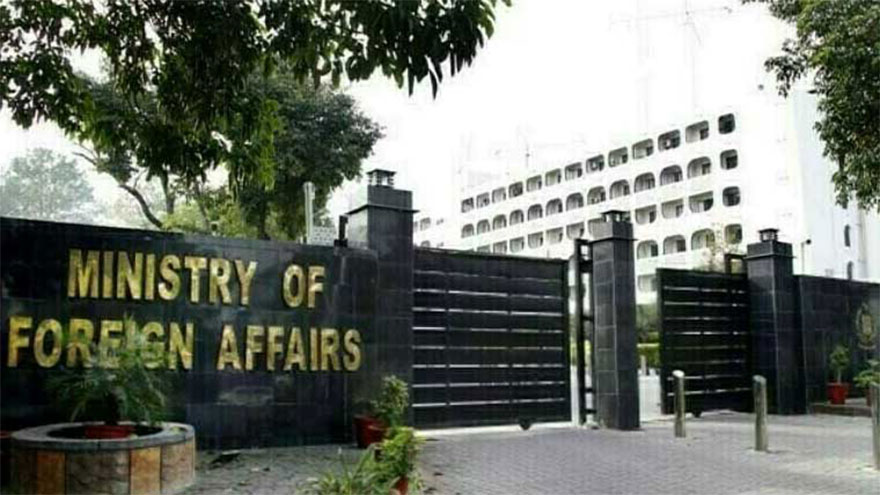For decades, India has strategically employed false flag operations to frame Pakistan for terrorism, manipulate international opinion, and bolster nationalist sentiment at home. From hijackings and massacres to bombings and fabricated media campaigns, a chilling pattern emerges. Whenever a major diplomatic, event especially involving the United States, is on the horizon, such incidents conveniently pin blame on Pakistan for terrorism.
The recent Pahalgam attack in Indian-Occupied Jammu ad Kashmir is yet another reminder of this. The attack occurred just as US Vice President JD Vance was visiting India, raising eyebrows among seasoned analysts. The immediacy with which Indian officials and media outlets blamed Pakistan, without any thorough investigation, fits an established trend. It is a trend that demands far greater international scrutiny and transparency.
A history of Indian false flag operations
India’s history of using false flags for political leverage dates back to the early 1970s. The 1971 Ganga airplane hijacking, orchestrated by India’s intelligence agency RAW, provided the pretext to ban Pakistani flights over Indian airspace. This strategic move strangled Pakistan’s supply lines to East Pakistan (now Bangladesh) and contributed directly to Pakistan’s eventual defeat in the 1971 war. Later admissions by Indian officials, including confessions by former intelligence operatives, confirmed the incident’s engineered nature.
In 1999, just before US President Bill Clinton’s visit to South Asia, the Indian Airlines Flight IC-814 was hijacked. India immediately blamed Pakistan’s Inter-Services Intelligence (ISI) and militant groups. However, glaring inconsistencies like the lack of credible evidence tying Pakistan to the hijacking ultimately undermined the official narrative.
The Chittisinghpura Massacre in 2000, where 35 Sikhs were brutally murdered in Kashmir, was swiftly blamed on Lashkar-e-Taiba. Yet, subsequent investigations, including remarks by US officials and Indian insiders, suggested it was an inside job intended to portray Pakistan-sponsored terrorism during Clinton’s tour.
Then came the infamous Indian Parliament Attack of 2001. Lashkar-e-Taiba and Jaish-e-Mohammed were accused by Indian officials within hours. However multiple Indian officials, including members of investigative agencies, later raised doubts over the authenticity of the evidence. The confessions extracted were tainted with allegations of coercion, and the main accused, Afzal Guru, was denied a fair trial by international standards.
Similar patterns unfolded with the Samjhauta Express blasts (2007), the Mecca Masjid bombing (2007), and the Malegaon blasts (2006). Initially, Muslim groups were blamed, but thorough investigations later implicated Hindu extremist organizations like Rashtriya Swayamsevak Sangh and Abhinav Bharat. Inspector General Hemant Karkare, who dared to expose these links, was himself mysteriously killed during the Mumbai 2008 attacks—an event that once again led to immediate, unverified blame on Pakistan.
The Balakot airstrike in 2019, staged after the Pulwama attack, was again riddled with misinformation. India claimed killing “hundreds of terrorists” but no evidence was ever presented. International media, including US defence officials, confirmed that Pakistan’s F-16 fleet remained intact, debunking Indian claims of shooting down a jet.
Curious timing
A recurring theme in these false flag events is their timing. Critical attacks have consistently coincided with US presidential visits to India. Whether it was Clinton in 2000, Obama in 2015, Trump in 2020, or now Vice President in 2025, sudden acts of terror conveniently blamed on Pakistan have occurred right before or during these visits.
It’s a cynical tactic to paint Pakistan as the villain before the global community and distract from India’s own human rights record in Kashmir and elsewhere.
The Pahalgam incident, unfolding against this historical backdrop, looks less like a coincidence and more like a calculated move designed to consolidate sympathy from Washington.
Propaganda machinery
India’s credibility has taken repeated hits over the years. The European Union DisinfoLab’s 2020 report exposed a massive 15-year-long disinformation network operated by India’s Srivastava Group. The group resurrected defunct organizations, created fake media outlets, and impersonated NGOs and human rights activists to vilify Pakistan at forums like the United Nations and the European Parliament.
According to the report, India’s propaganda machinery involved more than 750 fake media outlets across 119 countries. Forged identities, fraudulent activities, and systematic defamation were all part of an elaborate operation to create a hostile environment against Pakistan and China.
This unprecedented exposure shredded any illusion that India’s international posturing was rooted in moral high ground. Instead, it confirmed what Pakistani officials have long claimed that India weaponizes information, terrorism, and diplomacy in equal measure.
India’s obsession with manufacturing an external enemy, primarily Pakistan, has become a structural feature of its domestic and foreign policy. False flag operations, manufactured media narratives, and systematic disinformation are not isolated tactics. Instead, they have become integral to India’s statecraft.
As new incidents like Pahalgam unfold, global powers, especially the US, must exercise critical judgment rather than swallowing India’s narratives. History shows that truth often emerges much later, but it emerges nonetheless.



